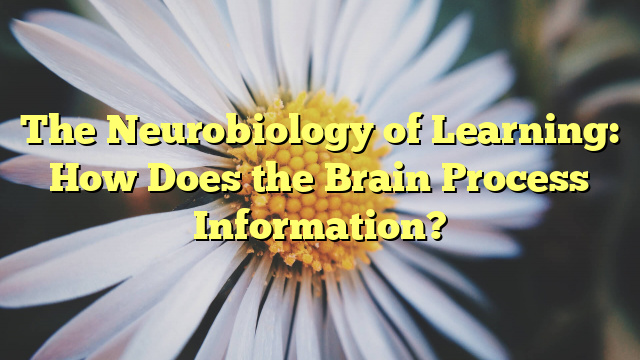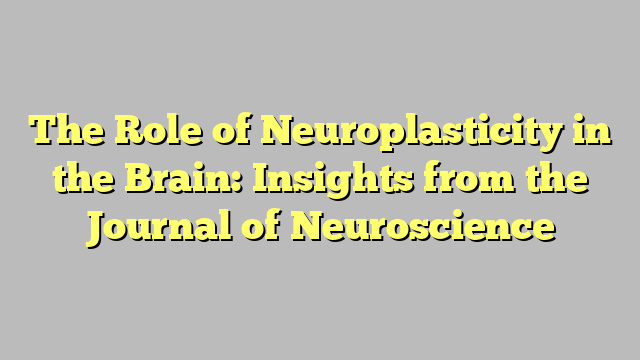Learning is a fundamental aspect of human cognition and behavior. It enables us to acquire new skills, knowledge, and behaviors that help us navigate and adapt to the world around us. But have you ever wondered how the brain actually processes information and learns new things?
Neurons and Synapses
At the core of learning and memory are neurons, the building blocks of the brain. Neurons communicate with each other through connections called synapses. When we learn something new, our neurons form new synapses or strengthen existing ones, creating neural pathways that encode the information we've learned.
Neurotransmitters
Neurons communicate with each other by releasing chemical messengers called neurotransmitters. These neurotransmitters bind to receptors on the receiving neuron, triggering a series of electrical and chemical signals that allow information to be transmitted from one neuron to another. Neurotransmitters play a crucial role in the formation and strengthening of neural connections associated with learning and memory.
Neural Plasticity
Neural plasticity, also known as brain plasticity, refers to the brain's ability to reorganize itself by forming new neural connections in response to learning and experience. This ability allows the brain to adapt and change throughout our lives, enabling us to learn new skills, acquire new knowledge, and form new memories.
Long-Term Potentiation
Long-term potentiation (LTP) is a key mechanism underlying learning and memory. It involves the long-lasting strengthening of synapses that occurs when two neurons are repeatedly activated at the same time. This process enhances the communication between neurons, making it easier for them to transmit information and form lasting memories.
Conclusion
The neurobiology of learning is a complex and intricate process that involves the interplay of neurons, synapses, neurotransmitters, neural plasticity, and long-term potentiation. By understanding how the brain processes information and learns new things, we can develop better strategies for teaching and learning that leverage the brain's natural mechanisms for acquiring knowledge and skills.
FAQs
What is the role of neurons in learning?
Neurons are the basic building blocks of the brain and play a crucial role in learning by forming new synapses and neural pathways that encode information.
How do neurotransmitters facilitate learning?
Neurotransmitters are chemical messengers that allow neurons to communicate with each other, facilitating the formation and strengthening of neural connections associated with learning and memory.
What is neural plasticity and why is it important for learning?
Neural plasticity refers to the brain's ability to reorganize itself by forming new neural connections in response to learning and experience. It is important for learning because it enables the brain to adapt and change throughout our lives, allowing us to acquire new skills, knowledge, and behaviors.
What is long-term potentiation and how does it contribute to learning and memory?
Long-term potentiation is a mechanism underlying learning and memory that involves the long-lasting strengthening of synapses. By enhancing the communication between neurons, long-term potentiation makes it easier for them to transmit information and form lasting memories.
Unlock Your Mental Potential



